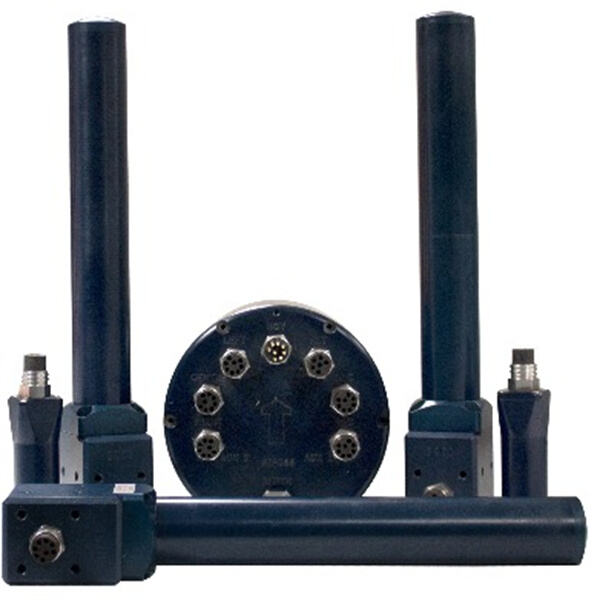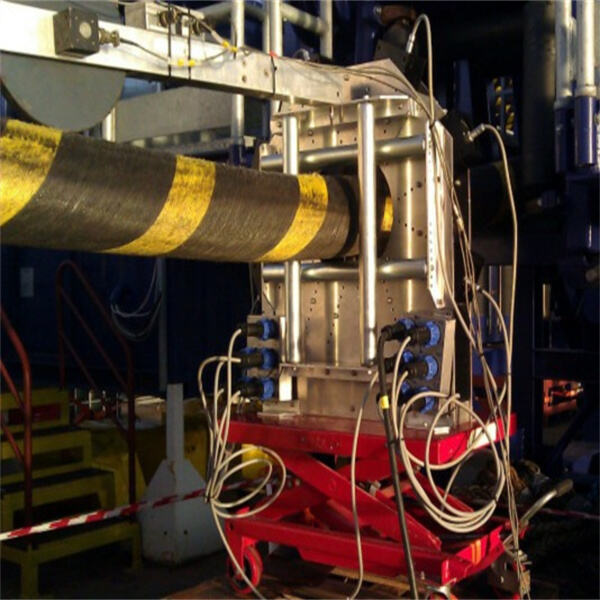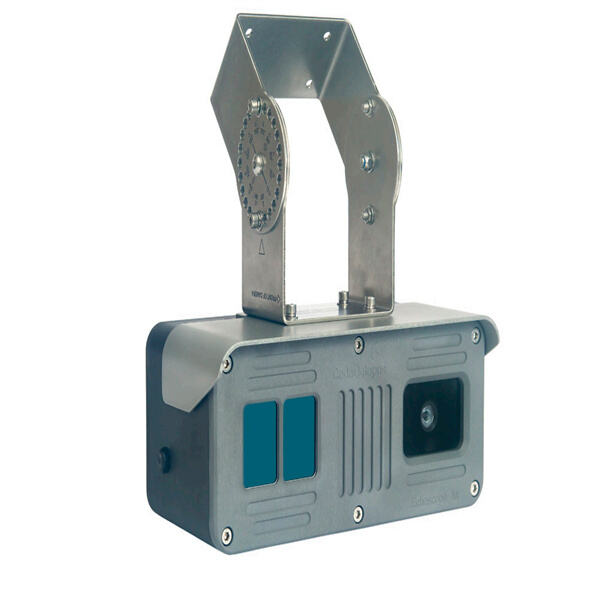اکو پر از امید و بصرت است و تقریباً همه چیزهایی که در زندگی میخواهید را در بر دارد. بسیاری از موجودات در آنجا زندگی میکنند، دور از جایی که ما روی سطح مشی و بازی میکنیم. اما دانشمندان چگونه میتوانند بفهمند که در زیر موجها چه اتفاقی میافتد؟ آنها از نمونهبرداری زیردریایی س!
این ابزارهای مبتنی بر صدا برای کاوش در اقیانوس استفاده میشوند. رفتار صدا در آب متفاوت از هوای است و این ابزارها میتوانند به صدای عبوری از اقیانوس گوش دهند. آنها به دانشمندان کمک میکنند زلزلههای زیردریایی را ردیابی کنند، صداهای والها را بشنوند و حتی طبقهبندی کف اقیانوس را انجام دهند.
دانشمندان با استفاده از ابزارهای آکوستیک زیردریایی بیشتر در مورد اقیانوس یاد میگیرند. آنها یاد میگیرند که جریانهای اقیانوس چگونه حرکت میکنند، به صدای حیوانات دریایی گوش میدهند و میبینند که تغییر اقلیم چگونه بر دنیای زیردریایی تأثیر میگذارد. با این ابزارها، میتوانیم چیزهایی در مورد اقیانوس بیاموزیم که هرگز فکر نمیکردیم امکانپذیر است!

ابزارهای صوتی زیردریایی یکی از بهترین چیزهایی هستند که تا کنون برای ما در فهمیدن اینکه حیات وحش اقیانوس چه کاری انجام میدهد، اتفاق افتاده است. دانشمندان میتوانند با شنیدن صداهايی که حیات دریایی در طول زندگی خود تولید میکنند، حرکات، رفتارها و دینامیک جمعیت آنها را ردیابی کنند. داشتن این اطلاعات برای حفظ اکوسیستمهای نازک اقیانوسها ضروری است.

یکی از قویترین ابزارهایی که برای کشف رازهای اقیانوسهای ما وجود دارد، دوربین امنیت قابل غرق شدن دانشمندان میتوانند همه چیز را از پلانکتون کوچک تا والهای بزرگ مطالعه کنند. آنها میتوانند صدای شکست موجها را بشنوند و حضور ماهیها را در عمق آبها تشخیص دهند. این ابزارها به ما یک نگاه به دنیایی ارائه میدهد که وسیع، ریزگرا و بینظیر جالب است.

با اینکه فناوری بهبود مییابد، ابزارهای صوتی زیردریایی نیز پیشرفت میکنند. همانطور که دانشمندان ابزارهای جدید و بهبود یافته برای مطالعه اقیانوس و تلاش برای کمک به حفاظت از آن ایجاد میکنند. (قلمهای رصاص) این ابزارهای جدید، شامل درونروهاهای زیردریایی که به صدای مکانهای دورگسترد گوش میدهند و شناورهایی که فعالیت حیات وحش دریایی را به طور مستقیم ردیابی میکنند، کمک ما را برای درک بهتر و مراقبت از اقیانوس برای نسلهای آینده فراهم میکنند.